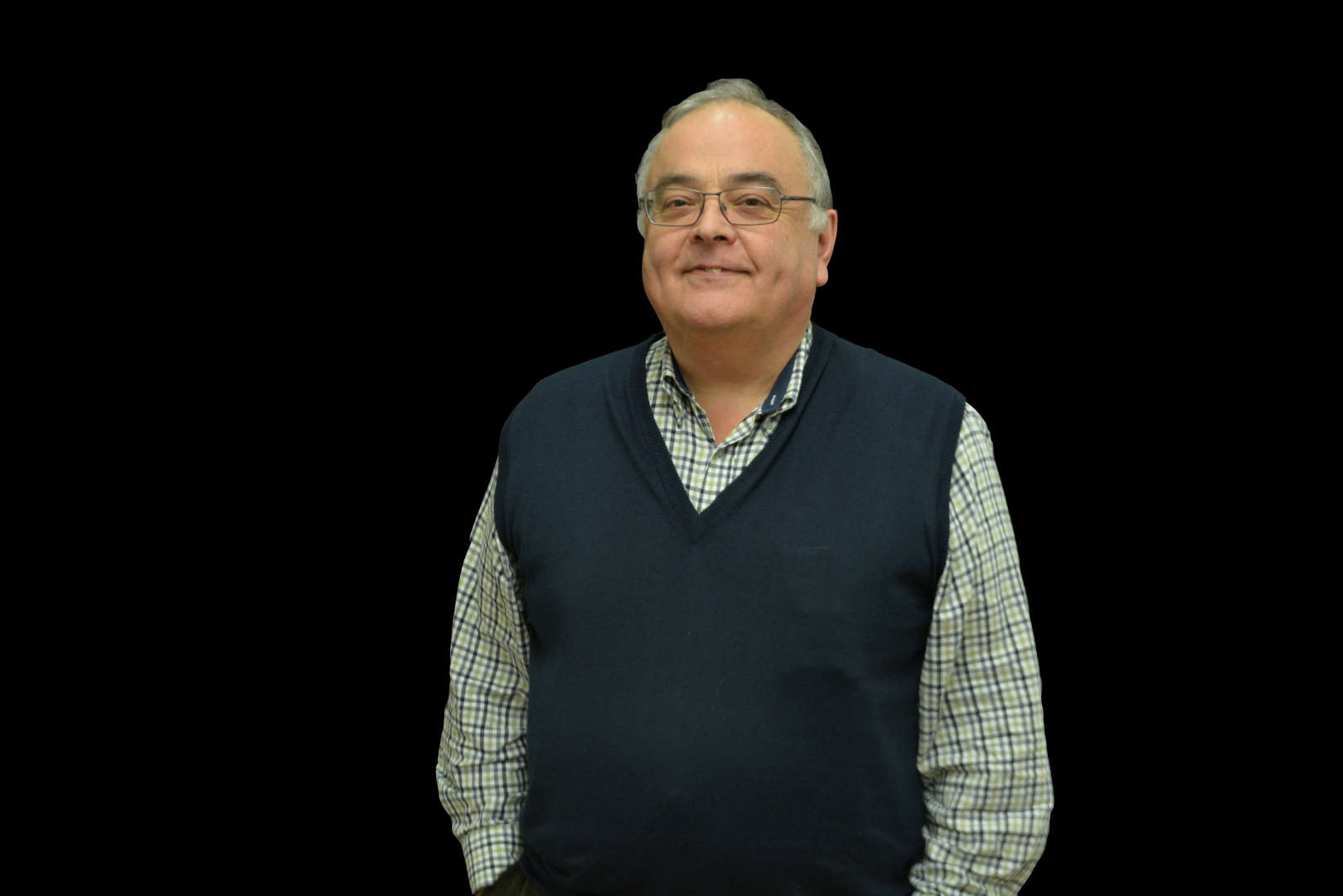About
I obtained my degree in Telecommunnications engineering in th Faculty of Engineering of the University of Porto in 1970, and the PhD in the University of Bradford, in the UK, in 1981. AFter the conclusion of my degree I started a full time job teaching and researching in Telecommuncications af FEUP. I am currently a retired Full Professor of FEUP. I was part of the first direction of INESC in Porto in 1985, where I was responsible for the development of a very large research program in broadband communnications, the SIFO Project. I was member of the board of directors of INESC Porto since its creation as an independent organization in 1998 until 2009. I came back to the direction of INESC Porto for a short period between middle 2014 and 2015.
My research activity was essencially done INESC Porto with particular emphasis in the area of Digital Television, where I was responsible for a large number of projects in collaboration with large external companies, namely, RTP and BBC.
In the University I was involved in the development of several new multidisciplinary areas of research and teaching in the area of digital media, including courses of all levels, licenciatura, master and doctoral level, in journalism, multimedia and digital media. I was the promoter of the participation of the U.Porto in the UT Austin Portugal Collaboration Program, where I was Co- Diretor of the DIgital Media component until 2011, representing the U.Porto in the direction of the Program.
In parallel with the Scientificl activities I participated in several studies of strategic relevance for the region such as: Study of a Media Parte in Porto (RTP), N+Boradband Network in Porto (TLP), Strategic study for the Metropolitan area of Porto (AMP). In areas closer to the content creation I was President of the Associação Portucale XXI, created by Portugal Telecom, RTP, CMP, U.Porto, U Católica Portuguesa, AEP, Instituto Politécnico do Porto, in order to propose a number of large projects for EXPO98 and Porto 2001. This led to a starategic collaboration with BBC that included a demonstration supported by European funds at EXPO98 of digital HDTV and to the development of a new type of IP based Digital Studio installed at BBC in 2001. I was promoter of the creation of a park dedicated to creative industries within UPTEC, PINC, localized in historical Center of Town.
Since Sepember 2011 and January 2013 I was the director of the RTP production Center in Porto.
Since March 2013 and September 2015 I was a member of the board of ADDICT, an agency for the development of Creative Industries. After my retirement, in 2013, I become a senior adviser of the Board of administration of INESC TEC. In February 2016 I was awarded the title of Professor Emritus of the University of Porto.


